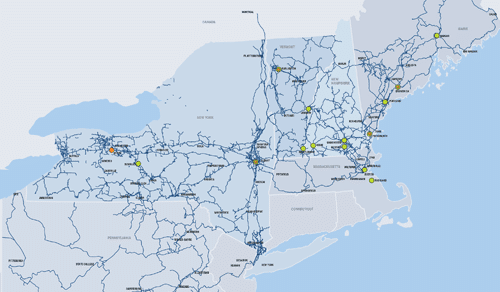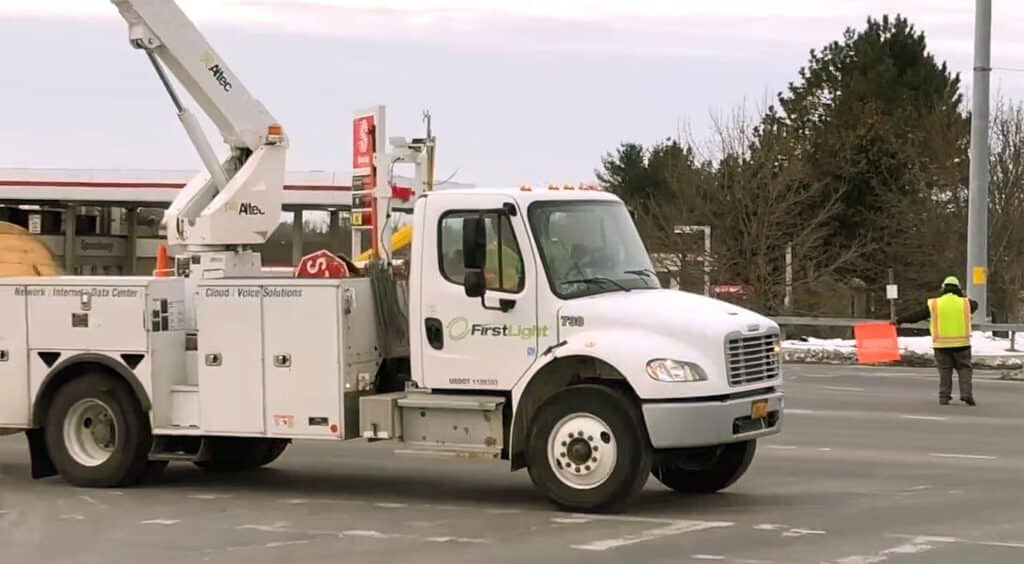In an era where competition is fierce and client expectations are high, reliability is a crucial element for service providers. And though many providers claim they’re superior, how do you really know? In this blog post, we’ll break down the important factors that contribute to true reliability in a service provider.
Are they willing to share with you how the network is built? All fiber networks aren’t created equal; the architecture of the network heavily dictates its reliability. Is redundancy built in? Does it avoid common bottlenecks in major metropolitan areas? Is the network strategically designed so that if a major outage occurs, regions of the network can operate independently from one another? These are all important questions to ask your provider and will tell you a lot about the quality of connectivity you should expect to receive from them.
Do they address potential points of failure? It’s prudent to understand the strategy behind a provider’s fiber routes and how it differs from others. Does their network have regional redundancy and interconnections with the world beyond the region? Some providers route their traffic through major hubs, like NYC and Boston, and if those hubs become disrupted, significant gaps in service can ensue.
Zooming in, is your provider helping you foster internal redundancy? A reliable provider should help you build a solution that creates redundancy beyond the demarcation point, meaning inside your building. They can do this in a number of ways, like ensuring you have redundant network equipment and backup solutions, as well as identifying redundant entrances to the building where fiber can be pulled in.
Is there evidence that they’ll be there for you if things go sideways? How a provider responds when things go awry is exceptionally telling. Are they willing to put their money where their mouth is when it comes to availability and response times? This will reflect in things like a provider’s Net Promoter Score (NPS) and whether it increases or decreases after an incident. Do they freely divulge these stats? What are their stats around answering trouble incidents? What are their Service Level Agreements (SLAs)?
What is the provider known for? The saying “you get what you pay for” applies here. If a provider is known for cheap bandwidth, chances are you aren’t going to have an exceptional experience. How much do you have to endure to get that cheap bandwidth, and how much frustration are you willing to live with for those cheaper rates? A reliable service provider is going to offer value far beyond what you see on your monthly bill. Competitive pricing is important, but going with the cheapest possible option is unlikely to deliver superior reliability and performance.
If this piece has inspired you to reassess your approach to connectivity, keep these questions at the ready for when you interview your service provider. Understanding the network strategy behind the provider will help you ensure that your organization receives the reliability and performance it expects and deserves.





















